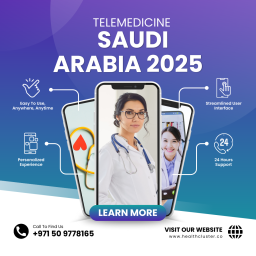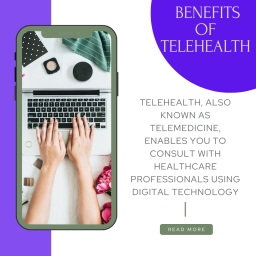
Smart is no longer a term used to describe phones or TVs alone, but it has been officially introduced to the healthcare arena. When we say smart hospital what are we talking about? Is it all about high-tech equipment and digital screens? Or is there something more perceptive, more involved, more wise, and more revolutionary?
So what makes a hospital smart? Let us see how a smart hospital is transforming the present world of care delivery.
1. A Smart Hospital Is Digitally Connected
A smart hospital is all about interconnection. This implies that all EMRs, LIS, HIS, telehealth systems, pharmacy systems, finance programs, and remote monitoring tools are systematically integrated into a single digital environment.
Why it matters: With all systems communicating, physicians do not have to waste their time in search of the dispersed data. The results of the lab and patient history, medication orders and billing information are all combined, making care safer, faster and more efficient.
2. Automation is in the Forefront
Smart hospitals make work that does not require the hands of humans automated, such as appointment reminders, lab orders, billing codes, even inventory alerts. Under the decision support using AI, physicians receive suggestions in real-time, warning flags, and accelerated workflows.
Actual change: Employees are less concerned with paperwork and more with patients. Errors drop. Efficiency rises. Burnout decreases.
3. Clinical Decision Guidance using Real-Time Dashboards
Smart hospitals have high-powered dashboards that monitor bed status, emergency room utilisation, operative tables, and patient vital data all in real-time.
Why it is transformative: Admins take quicker decisions. Surgeons are more intelligent in planning. Nurses react faster. All people perceive identical information, in real-time.
4. Digital Empowerment of Patients
Patients are not just getting care in a smart hospital, but they are engaged in it. They will be able to access test results, communicate with physicians, get prescriptions and carry out follow-ups through the mobile portals and apps.
Final outcome: Greater satisfaction, greater compliance and increased trust in the system.
5. Telehealth and Remote Monitoring Can Intelligently Combine
Smart hospitals make physical walls permeable. Telehealth systems and remote patient monitoring (RPM) based on AI mean that patients are treated even in their homes when they have chronic illnesses or requirements following operations.
Application/Case study: A diabetic patient has his/her glucose monitored at distance. When it rises, the care team is notified instantly without the need to visit the hospital.
Also Read: From Hype to Healing: How AI Is Actually Transforming Healthcare in 2025
6. Cybersecurity Is In-built in the System
It is also good to be smart and be secure. Hospitals today are highly vulnerable to cyberattacks and it is therefore not surprising that smart hospitals have adopted data encryption, access control, and compliance measures to keep sensitive data safe.
Why it is important: The patient’s trust is based on it. Smart is not reckless, it is secure and hi-tech.
7. The Smarter Planning Applied with Predictive Analytics
Hospitals are looking to AI and data analytics to predict everything from when patients will spike in their admissions to equipment failures and plan rather than react.
The future is now: Hospitals can expect to overcome flu season crunches, streamline staffing, and some even predict health risks before they turn into emergencies.
Final Thoughts
Smart hospitals are not only about the most up-to-date technology, but about establishing a connected, intelligent and patient centric ecosystem. The future is the smart hospitals: efficient, proactive, digital, and highly human.
















